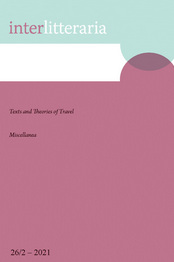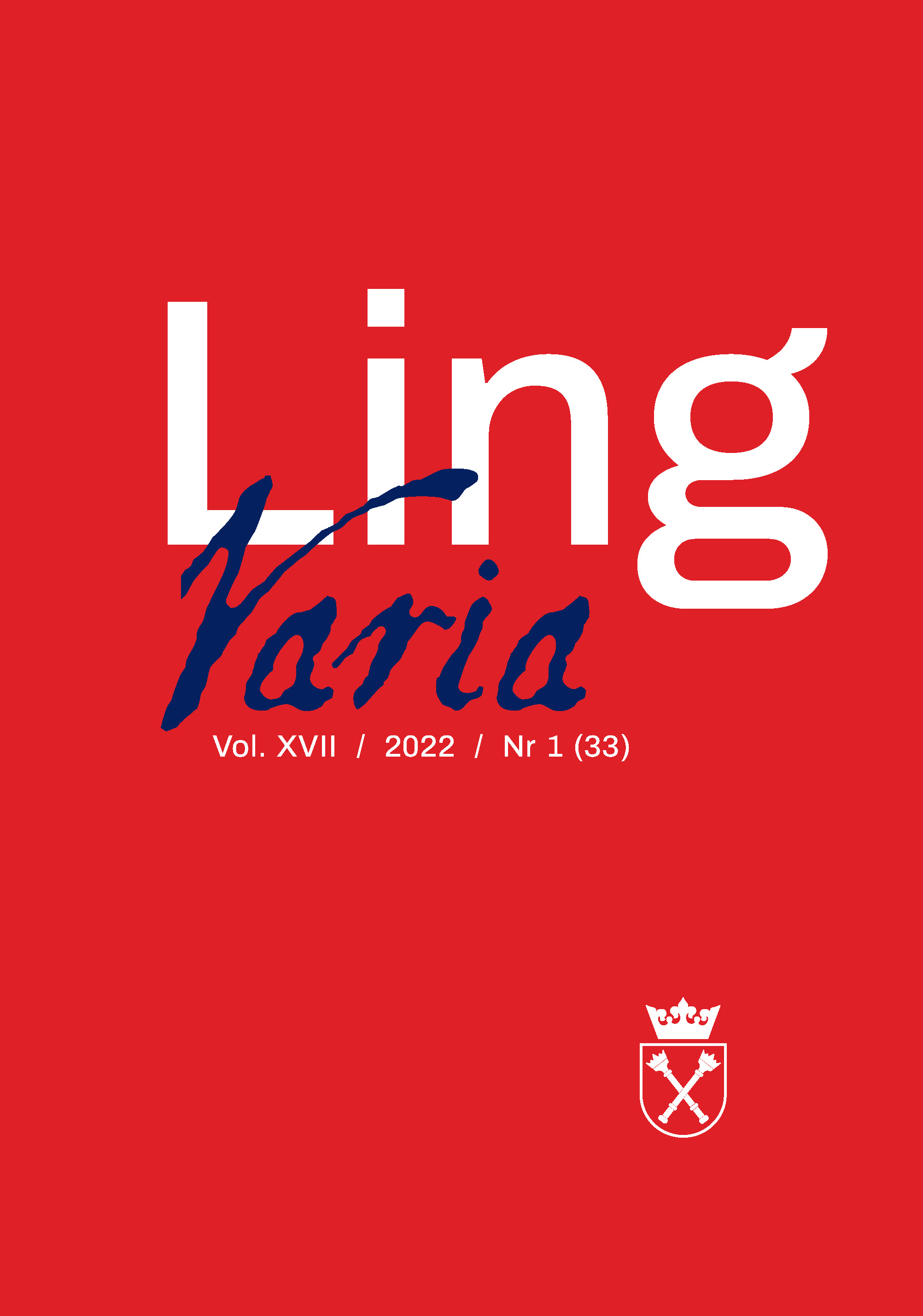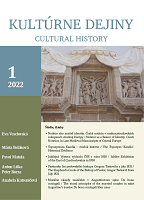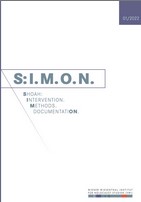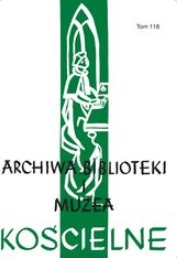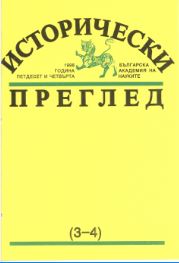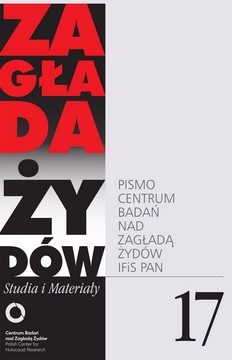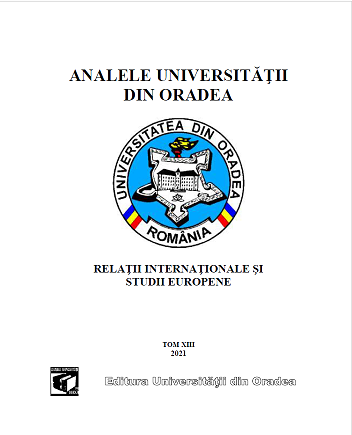
REFLECTIONS ON DATA OF ORAL HISTORY COLLECTED BY THE SURVEYS OF THE JEWISH COMMUNITY FROM ORADEA
This is a paper based on my PhD thesis “The history of the Jews from Romania and Hungary (1945-1953) in the Romanian and Hungarian Historical Writings”. From the consultation of the edite bibliography that we put at the basis of the present study it results that we have studied of an appreciable literature dedicated to the study of Jewish phenomena after the Second World War, published in Romania and Hungary. Written by Romanian and Hungarian historians, some of Jewish origins, the edite bibliography reveals us a series of particularities of the evolution of Jewish community during communist period in Central Europe. The sources of oral history allow us to give new insights on a community on fighting for the coming out from the tragedy of Holocaust, the adaptation to the newly political economical realities of the area, but also for the prezervation of identity. Thus were questioned 8 members of the Jewish Community of Oradea, who either them or members of their family members were returned from deportation with the view of the early postwar years in Oradea and their welcoming back in the community near the Crisul Repede River.
More...
